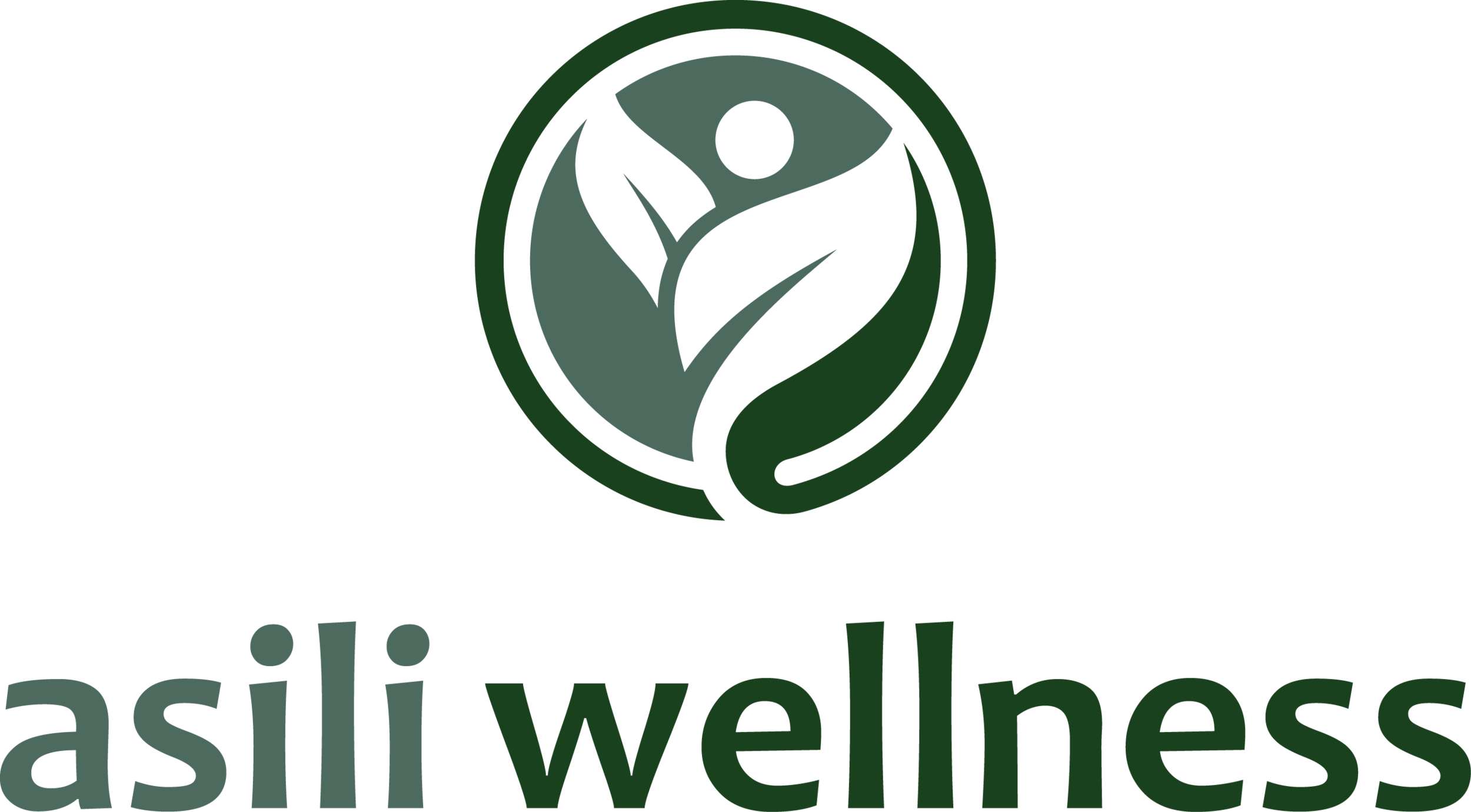Beyond Needles: Embracing Wellness with Acupressure Techniques
Have you heard about acupressure? It's an ancient healing practice that offers a beautiful way to achieve holistic wellness without using needles. With its gentle touch and significant effects on the body's energy pathways, acupressure is a powerful tool for healing and relaxation. This article will explore the fascinating world of acupressure—its history, how it differs from acupuncture, and the fantastic benefits it can provide.
Acupressure has its roots in traditional Chinese medicine. It involves applying gentle pressure to specific points on the body to encourage self-healing. This practice has been around for ages, helping people restore balance and ease various discomforts.
While both acupressure and acupuncture aim to influence our body's energy flow, they do so in different ways. Acupuncture uses fine needles at specific points, whereas acupressure involves using your fingers or special tools to apply gentle pressure. It makes acupressure super accessible to everyone!
Getting to Know Acupressure
Acupressure focuses on specific points along the body's meridians or energy pathways, which connect to various organs and functions. By stimulating these points, you can help facilitate the flow of Qi (the life force energy), bringing balance and promoting healing.
Research shows that acupressure can trigger positive responses within our bodies. By applying pressure to these points, you can release endorphins—your body's natural pain relievers—while calming your mind and reducing stress!
This excellent practice has crossed cultural boundaries and is gaining recognition in modern healthcare. From pain clinics to complementary therapies, acupressure is making a mark by effectively helping with chronic pain, nausea, and anxiety.
The Benefits of Acupressure
Acupressure has many benefits and diverse ways to enhance physical, emotional, and mental health, including:
(1) Stress Relief and Relaxation
Acupressure is a fantastic tool for tackling stress. You can relieve tension and promote deep relaxation by applying gentle pressure to specific points. Techniques like the "Third Eye Point" and "Heavenly Pillar" can help calm your mind and body, offering peace in your busy day.
(2) Pain Management
If you struggle with headaches, menstrual cramps, or any aches and pains, targeted acupressure could be just what you need! Activating points like "Union Valley" for headaches or "Sea of Energy" for menstrual discomfort can improve blood circulation and tap into your body's natural pain-relief abilities.
(3) Enhanced Circulation
Acupressure can also boost circulation, helping to deliver oxygen and nutrients to your tissues. This improved flow can facilitate healing and increase your vitality!
(4) A Complement to Other Holistic Practices
The benefits multiply when acupressure is combined with other holistic health practices, such as yoga, meditation, and aromatherapy. This synergy creates a more comprehensive and fulfilling approach to overall well-being.
Incorporating acupressure into your daily life gives you easy and effective tools for boosting wellness amid your busy routine.
Final Thoughts
Acupressure, with its deep roots in ancient healing traditions, is a flexible and practical approach to achieving holistic wellness. You can see how acupressure can relieve stress, manage pain, and promote relaxation by focusing on specific body points. Its gentle touch offers a natural, non-invasive way to address various challenges and nurture your overall vitality.
As we look to the future of acupressure in healthcare, the possibilities are exciting! It beautifully combines time-honored wisdom with today's wellness practices, encouraging us to embrace a holistic approach to health.
At Asili Wellness, we offer holistic therapeutic services to enhance, nourish, and transform well-being.
We'd love to walk alongside you in creating your happiness and enhancing your ability to promote health, prevent disease, encourage self-care, and foster healing. Let's work together to fill your cup! Reach out today and schedule a complimentary consultation.
Explore Yoga + Talk Therapy
Shop Products
Join Thrive
thrive is a complimentary resource with fresh goodies each month intended to help you create a healthier lifestyle mentally, physically, and emotionally.
Call, email, follow, or shop today to start your journey!
Peace + Wellness, Dr. Nicole









